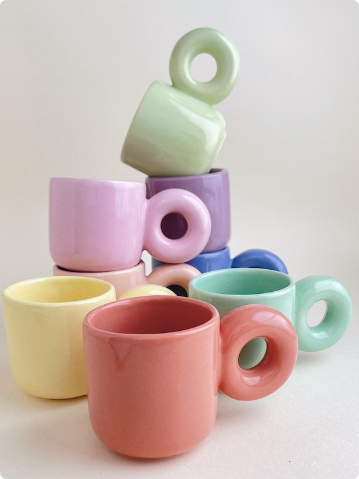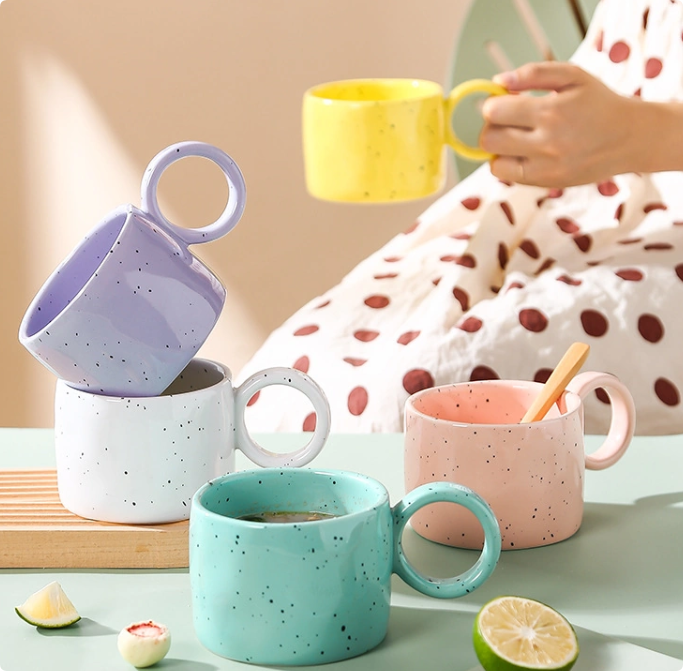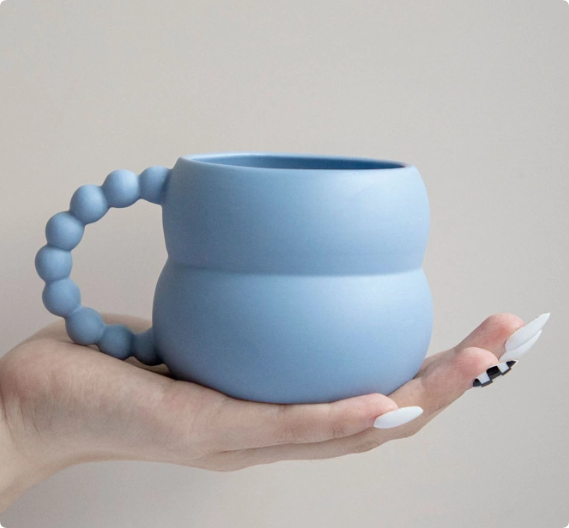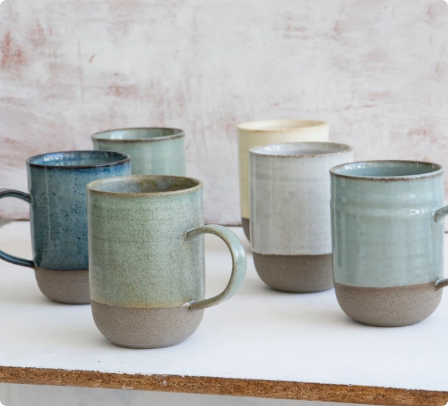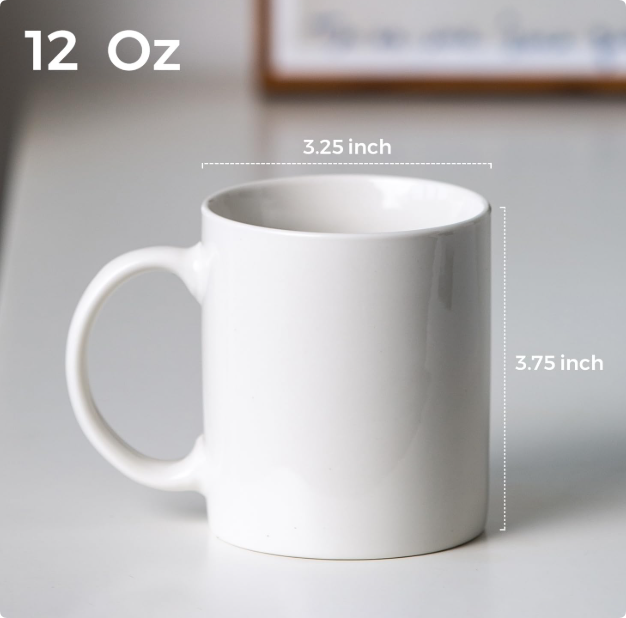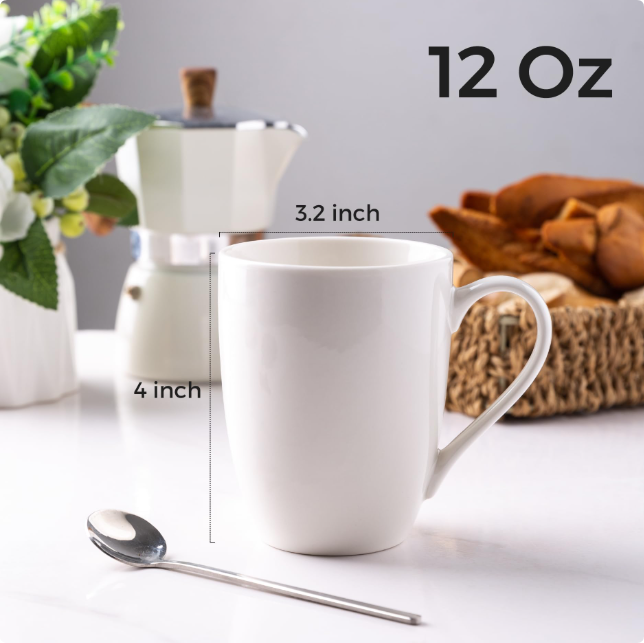When it comes to drinkware, mugs hold a special place in our daily lives. Whether it’s for that first morning coffee or a soothing cup of tea, mugs are essential. But with so many options available, what is the most common mug? In this article, we’ll explore the world of mugs by examining their materials, sizes, shapes, and uses. We’ll also analyze what makes a mug popular, providing a comprehensive guide for both casual users and B2B buyers.
1. Definition of a Mug
A mug is a type of drinkware, typically cylindrical in shape, with a handle and often larger than standard teacups. Unlike delicate teacups or glasses, mugs are robust and versatile, suitable for both hot and cold beverages. The most common features include:
- A volume capacity of 8–12 ounces.
- Material: Ceramic is the most widely used.
- Design: Simple, durable, and user-friendly.
2. Key Characteristics of the Most Common Mug
2.1. Material
Mugs come in a variety of materials, but ceramic reigns supreme for its balance of affordability, durability, and aesthetics. Other materials include:
- Glass: Stylish but less common due to fragility.
- Stainless Steel: Popular for travel mugs.
- Plastic: Lightweight but less eco-friendly.
| Material | Advantages | Disadvantages | Popularity |
|---|---|---|---|
| Ceramic | Durable, retains heat, affordable | Can chip if mishandled | Most common |
| Glass | Transparent, elegant | Fragile, poor heat retention | Moderate |
| Stainless Steel | Long-lasting, portable | Expensive, metallic taste | High for travel mugs |
| Plastic | Lightweight, inexpensive | Non-durable, environmental concerns | Low |
2.2. Size
The typical mug size falls between 8–12 ounces. This size is practical for most beverages, providing the right balance between portability and capacity.
- 8 oz: Ideal for tea or small servings of coffee.
- 12 oz: Standard for most coffee shops and homes.
- 16 oz or larger: For specialty mugs or travel mugs.
2.3. Shape
The standard shape of a mug is cylindrical with a slightly tapered or straight handle. However, ergonomic designs are gaining popularity to enhance comfort.
3. Uses of the Most Common Mug
The standard ceramic mug is the go-to choice for:
- Hot Beverages: Coffee, tea, hot chocolate.
- Cold Beverages: Used occasionally, especially in insulated versions.
- Custom Printing: Popular for personalized gifts or branding.
4. What Makes a Mug Popular?
The popularity of a mug hinges on several factors:
- Practicality: Ceramic mugs are microwave-safe, easy to clean, and cost-effective.
- Aesthetic Appeal: Colorful designs or minimalistic styles appeal to different demographics.
- Cultural Trends: In Western cultures, coffee mugs are ubiquitous, while in Asian countries, smaller tea cups are preferred.
✅Top 10 Best Coffee Mugs in 2024
5. Top-Selling Mug Designs Worldwide
- Classic White Ceramic Mug: Timeless and versatile.
- Travel Mugs: Insulated stainless steel or plastic options for portability.
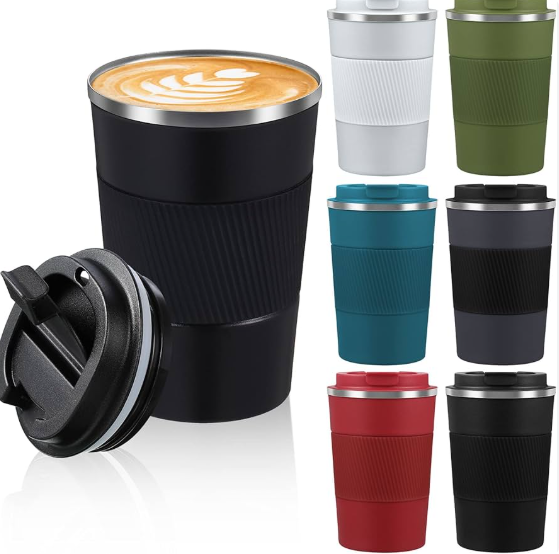
- Novelty Mugs: Shaped or printed mugs catering to niche markets like gaming or movies.
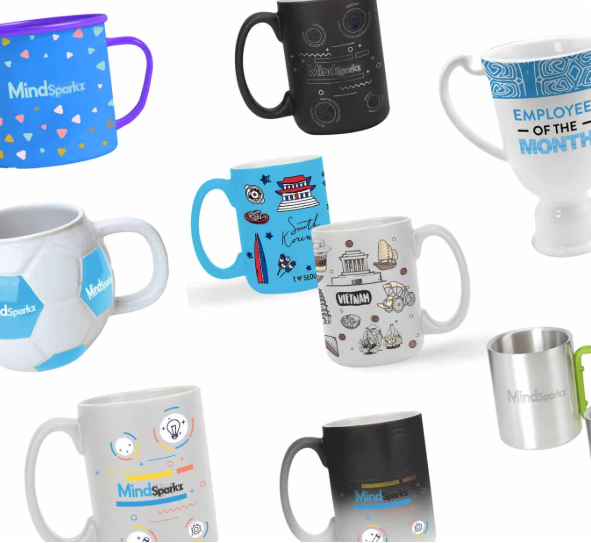
- Eco-Friendly Bamboo Mugs: Rising in popularity due to environmental concerns.
6. Buying Tips for B2B Purchasers
For bulk orders, consider the following:
- Material and Durability: Ceramic mugs are the safest bet for general use.
- Customization Options: Check for availability of logo printing or special designs.
- Shipping Costs: Ceramic mugs can be heavy, increasing logistics costs.
- Market Preferences: Understand local trends to ensure the product fits your target audience.
7. Conclusion
The most common mug worldwide is the classic ceramic mug, favored for its practicality, durability, and aesthetic flexibility. For both individuals and businesses, ceramic mugs are a staple in drinkware, making them an evergreen choice in the market.
If you’re ready to take your planter business to the next level, reach out to EKA Ceramic today for consultation and bulk order opportunities.

